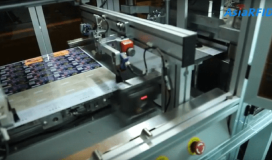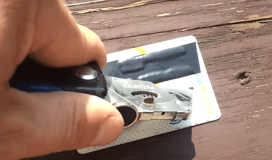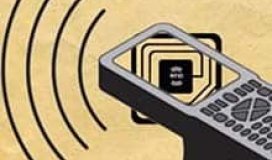As you start developing your RFID healthcare solution, specifically surgical tool tracking, you need to be aware of a few things before you’re too far in the process to make significant design changes. I’ve collected eight questions below that you should consider in the early stages of development.
1. Do RFID tags cause interference with medical devices?
Passive RFID tags only reflect the RF energy emitted from RFID readers, so the possibility that RFID tags would disrupt medical devices is quite low. Other components of an RFID system, specifically the RFID antenna which emits the RF energy, will interfere with medical equipment if improperly placed too near other devices in the clinical setting. However, an Indiana University Purdue University Indianapolis (IUPUI) research team found that a properly configured RFID system is safe to use around medical equipment. While the risks are considered to be very low, you should conduct your own electromagnetic interference (EMI) assessments in a safe environment. Read more about the study at RFID Journal.
2. Are RFID tags durable enough for autoclave sterilization?
Certain rugged RFID tags are suited to withstand autoclave sterilization. Xerafy Xs metal mount tags have been rated for temperatures ranging between -40F to 302F (-40°C to +150°C) and are frequently embedded within surgical tools.
3. Is RFID technology safe for the patient?
Neither the RF energy nor the tags and other components pose any risks to patients. However, always consult the manufacturer if you have any questions on whether materials meet non-toxic medical standards.
4. Has the FDA approved RFID technology in healthcare settings?
The US Food & Drug Administration has stated that they have not seen any adverse effects from the use of RFID, although they do warn that physicians should be aware of the potential for EMI among patient and medical devices. However, you should ensure you meet the following protocols: FDA CPG Sec. 400. 210; ISO-10993 for Biocompatibility; FCC Compliance Part 15. 231a.
5. Does size matter?
If you’re tagging a metal asset, yes, size does matter. Due to the properties of metal and it’s effect on radio frequencies, a larger metallic tool will have a greater read range, and a smaller tool will have a short read range. Read our article about improving RFID read ranges.
6. How do I attach tags?
We’ve discussed attachment methods for RFID tags in the past, and with surgical tools, you’ll typically attach the RFID tags with a strong glue and seal it with an FDA approved epoxy.
7. What about metal assets?
With metallic surgical tools, you may want to embed the RFID tags into the tool itself. Embedding is a common method for tools where a tag affixed on the outside of the tool would affect the tool’s ability. Prepare the tool by carving an indentation which will securely fit the on-metal RFID tag. Cover the tag with an FDA approved epoxy and fill any gaps between the tag and asset, otherwise performance will suffer due to detuning.
8. How are others using RFID in healthcare environments?
RFID in heathcare provides benefits in other areas besides tool tracking. Patient tracking and monitoring is a popular use of RFID, as well as loss prevention, patient records management, and loss prevention.



